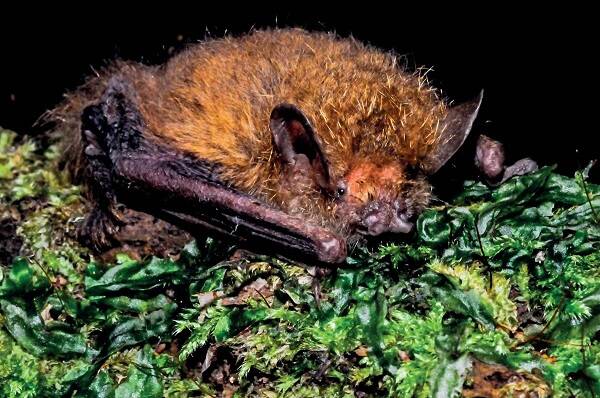
Murina eleryi
Murina eleryi
The arboreal bat is a rare tree-dwelling bat. It inhabits mountainous forest···
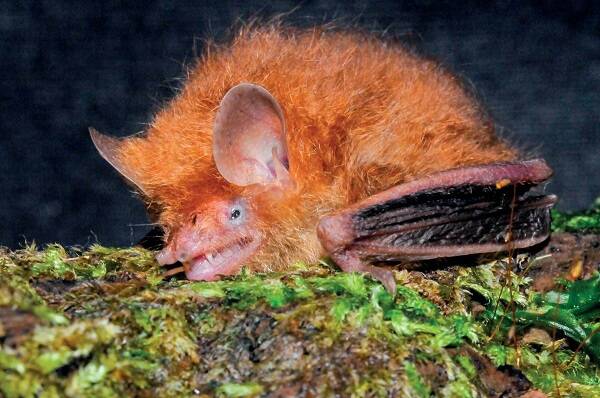
Murina cyclotis
Murina cyclotis
Round-eared bats are nocturnal bats that feed on small insects. It lives in ···
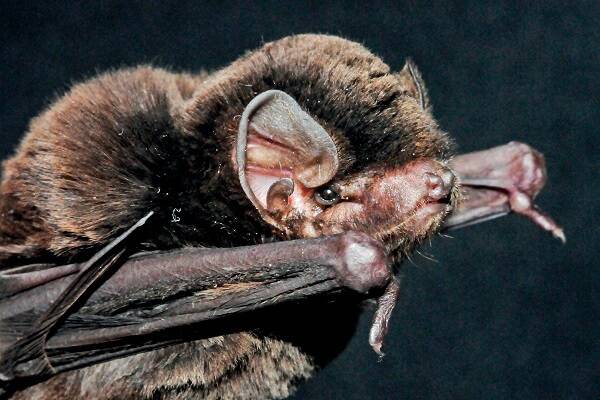
Miniopterus pusillus
Miniopterus pusillus
Any of several small long-winged bats, endemic in China to the south of the ···
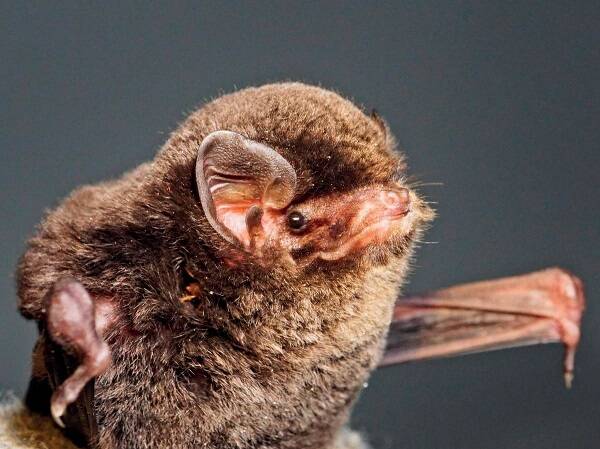
Miniopterus fuliginosus
Miniopterus fuliginosus,Smallbent-wingedbat
Asian long-winged bats live in large limestone caves in dark, wet water, gat···
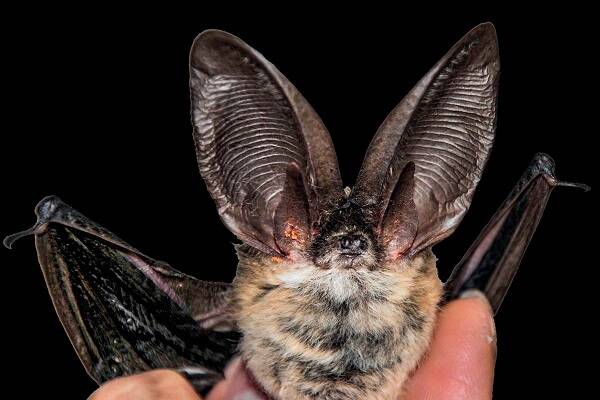
Plecotus austriacus
Big eared bat, rabbit eared bat,Plecotus austriacus, ghost bat, brown big eared bat, common big eared bat
The grey-eared bat has an ear that reaches or exceeds the length of the head···
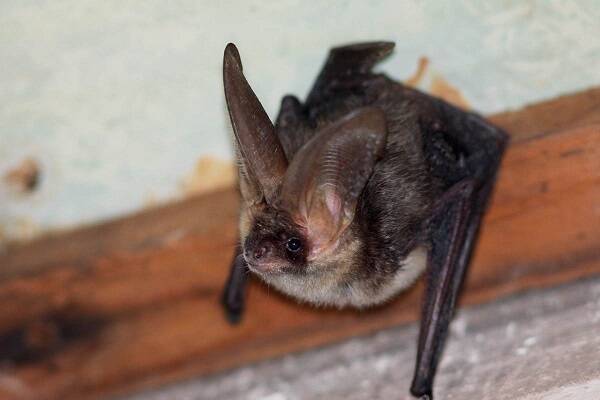
Long-eared Bat
Long-eared bat, rabbit-eared bat, ghost bat, brown big-eared bat, common big-eared bat,Long-eared Bat,Plecotus auritus
The big eared bat, also known as the long eared bat or rabbit-eared bat, is ···
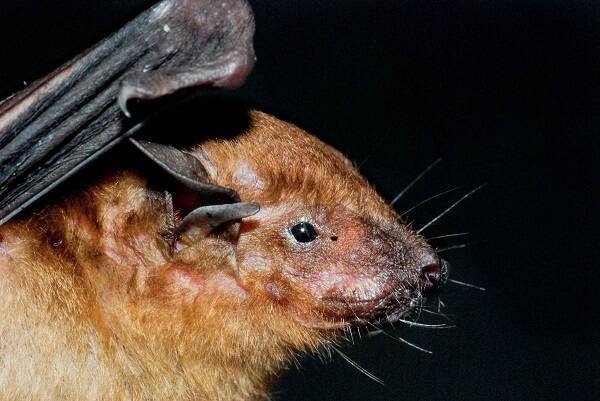
Scotophilus kuhli
Scotophilus kuhli
The little Yellow bat, which ranges from sea level to 1100m above sea level,···
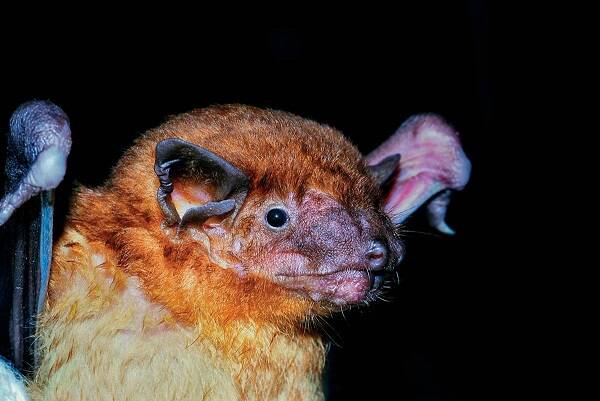
Scotophilus heathi
Scotophilus heathi
Rhubarb bats are tropical species, living in ancient temples, ancient pagoda···
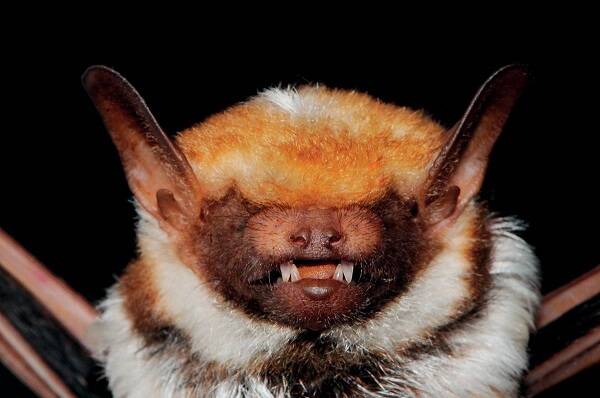
Harlequin Bat
Harlequin Bat,Scotomanes ornatus
The species is rare in number and is found in Assam. Inhabits in tropical, t···
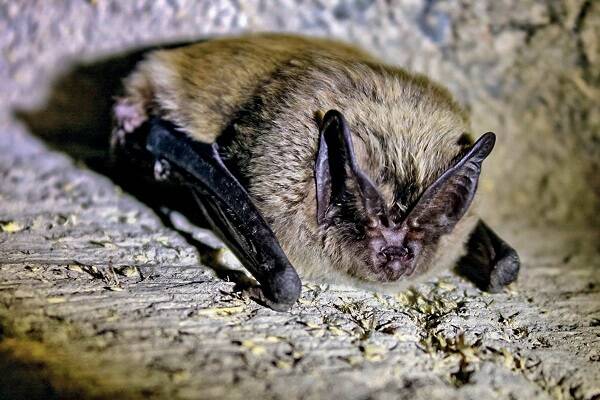
Barbastella leucomelas
easternbarbastelle,Barbastella leucomelas
Asian broad-eared bats live in caves, bark, or buildings in northern or alpi···
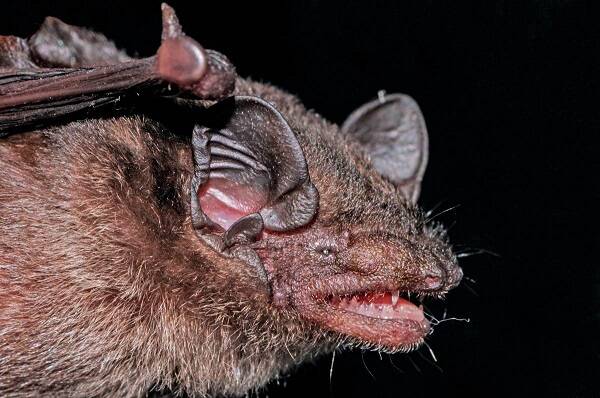
Tylonycteris robustula
Tylonycteris robustula,Great Club-footed Bat
The brown bat species is rare. It is a tropical bat that lives in bamboo hol···
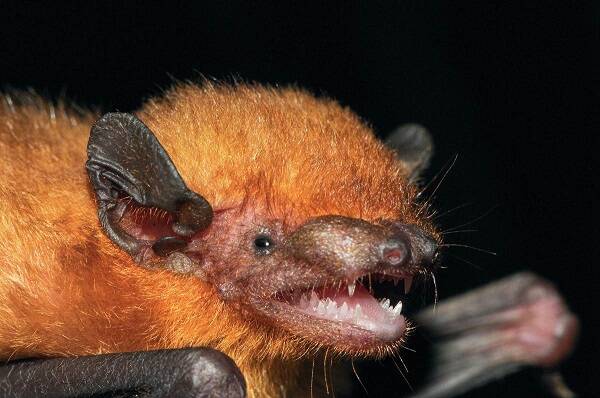
Lesser Club-footed Bat
Lesser Club-footed Bat,Tylonycteris pachypus
The bat is the smallest bat in the world, and the only one in the world that···
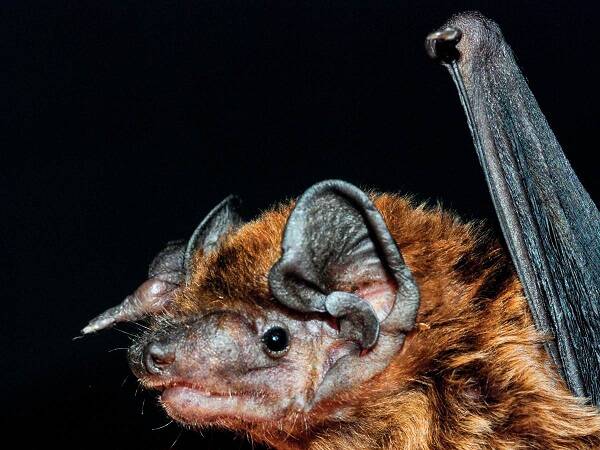
Chinese Noctule
Chinese Noctule,Nyctalus plancyi
The Chinese bat lives in old buildings, tree holes and caves. The cluster is···
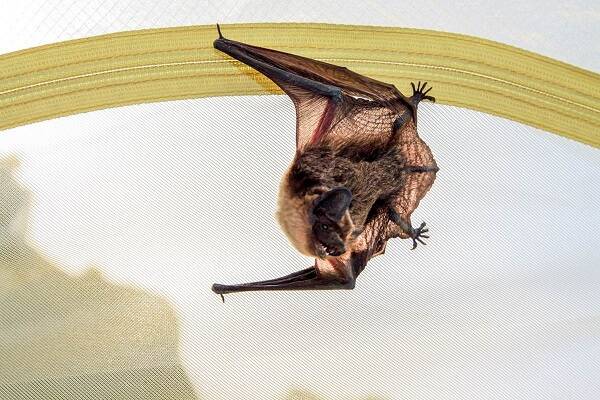
Nyctalus noctula
Nyctalus noctula
Brown bats live in small groups. Generally, more than 10 clusters are active···
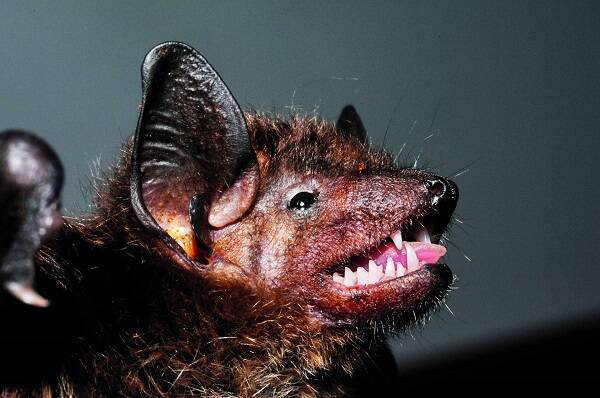
Serotine
Serotine,Eptesicus serotinus
Large brown bats live in a variety of habitats, including caves, rock crevic···
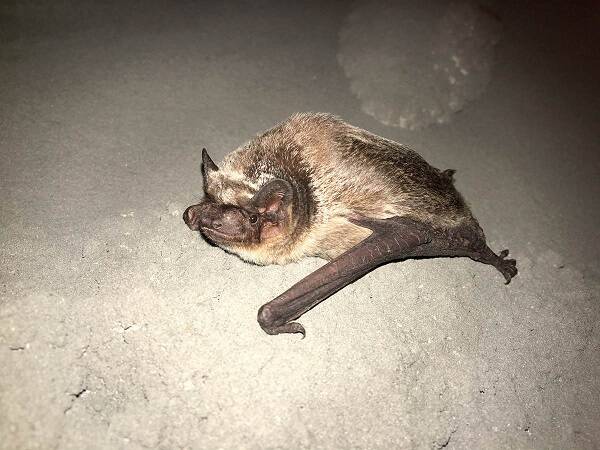
Vespertilio sinensis
Vespertilio sinensis
Eastern bats belong to human animals, often inhabit all kinds of artificial ···

Miniopterus fuliginosus
Big Bat, Big Night bat,Ia io
Southern bats live in tall caves, with 3-5 or more than 10 individuals lurki···
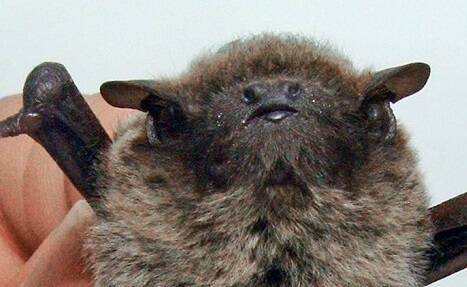
Pipistrellus pulveratus
Pipistrellus pulveratus,Hypsugo pulveratus
It is a carnivorous bat that hunts in waters or near villages, feeding on in···
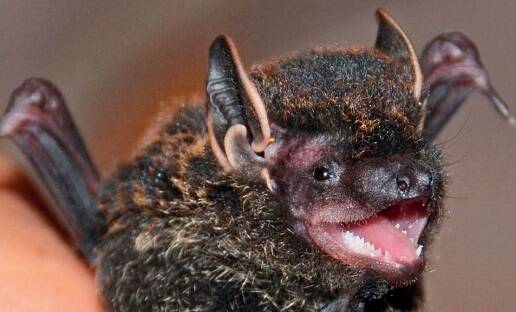
Pipistrellus circumdatus
Pipistrellus circumdatus,Arielulus circumdatus
Pipistrellus has previously been classified as <Pipistrellus> by Helle···
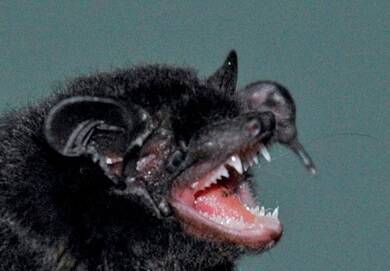
CHIROPTERA
CHIROPTERA,Pipistrellus minus
Pipistrella is also known as the Jurassic wing. Wang Yingxiang (2003) identi···
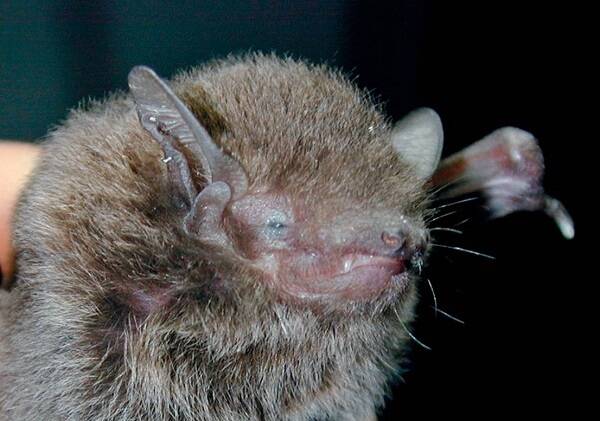
Pipistrellus abramus
Pipistrellus abramus
The common pipistrella is a very common type of bat that lives in clusters a···
